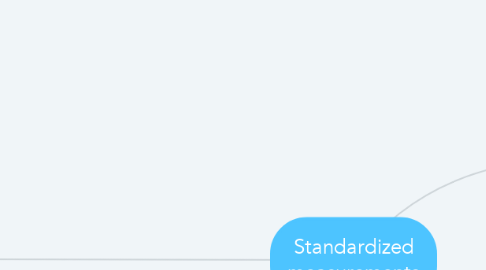
1. Reference1 Ensuring fairness in language proficiency assessments: Q& A, Caitlin Gdowski & Keria Ballantyne
2. challenges for ELL teachers
2.1. personal challenges
2.1.1. emotions
2.1.2. beliefs, attitudes and assumptions
2.1.2.1. misconceptions related to teaching/ learning
2.1.2.1.1. leading to misdiagnoses of learning difficulties
2.1.2.1.2. leading to misplacement of ELLs/ special education programmes
2.1.2.1.3. learning to learning opportunities and learning experiences
2.1.2.1.4. leading to exposure to simpler English
2.1.2.2. reluctance to work with ELLs
2.1.2.3. feeling of distance between ELLs and teachers
2.1.2.4. ethnocentric bias
2.1.3. emotions
2.1.3.1. frustrations related to slow progress
2.1.3.2. isolated and confused (lack of material)
2.1.3.3. overwhelmed
2.1.3.4. feeling of inefficacy and disappointment
2.2. institutional challenges
2.2.1. teacher education
2.2.1.1. inadequate in-service/pre-service training
2.2.1.2. no experience in multicultural contexts
2.2.1.3. insufficient knowledge
2.2.1.4. lack of fundamental practices
2.2.1.5. fewer teaching resources
2.2.2. time
2.2.2.1. insufficient time
2.2.2.2. tight schedules
2.2.2.3. English proficiency/content
2.2.3. communication
2.2.3.1. language barriers
2.2.3.2. misunderstandings
2.2.3.3. How to inform families
2.2.4. school culture
2.2.4.1. negative attitudes from admin towards ELLS
2.2.4.2. little communication between school and family
2.2.4.3. ELL teachers made solely responsible
2.2.4.4. lack of collaboration between main teachers and ELL teachers
2.2.5. tools and resources
2.2.5.1. same materials for ELLs and non ELLs
2.2.5.2. no effective programs for ELLs
2.2.5.3. inconsistency in ELL classification
2.2.5.4. inaccurate/inappropriate testing that don't reflect the student ability
2.2.5.5. inappropriate use of tests results
2.3. social challenges
2.3.1. growth of diversity of ELLs
2.3.2. societal attitudes such as discrimination or stimagtisation of ELLs
2.3.3. policies:
2.3.3.1. no training required
2.3.3.2. no concrete guideline
2.3.3.3. gap between policies and classroom practices
2.3.3.4. restrict the use of primary languages
2.3.3.5. inappropriate assessments: ELLS disadvantaged (proficiency versus content
2.3.3.6. teachers feel useless

